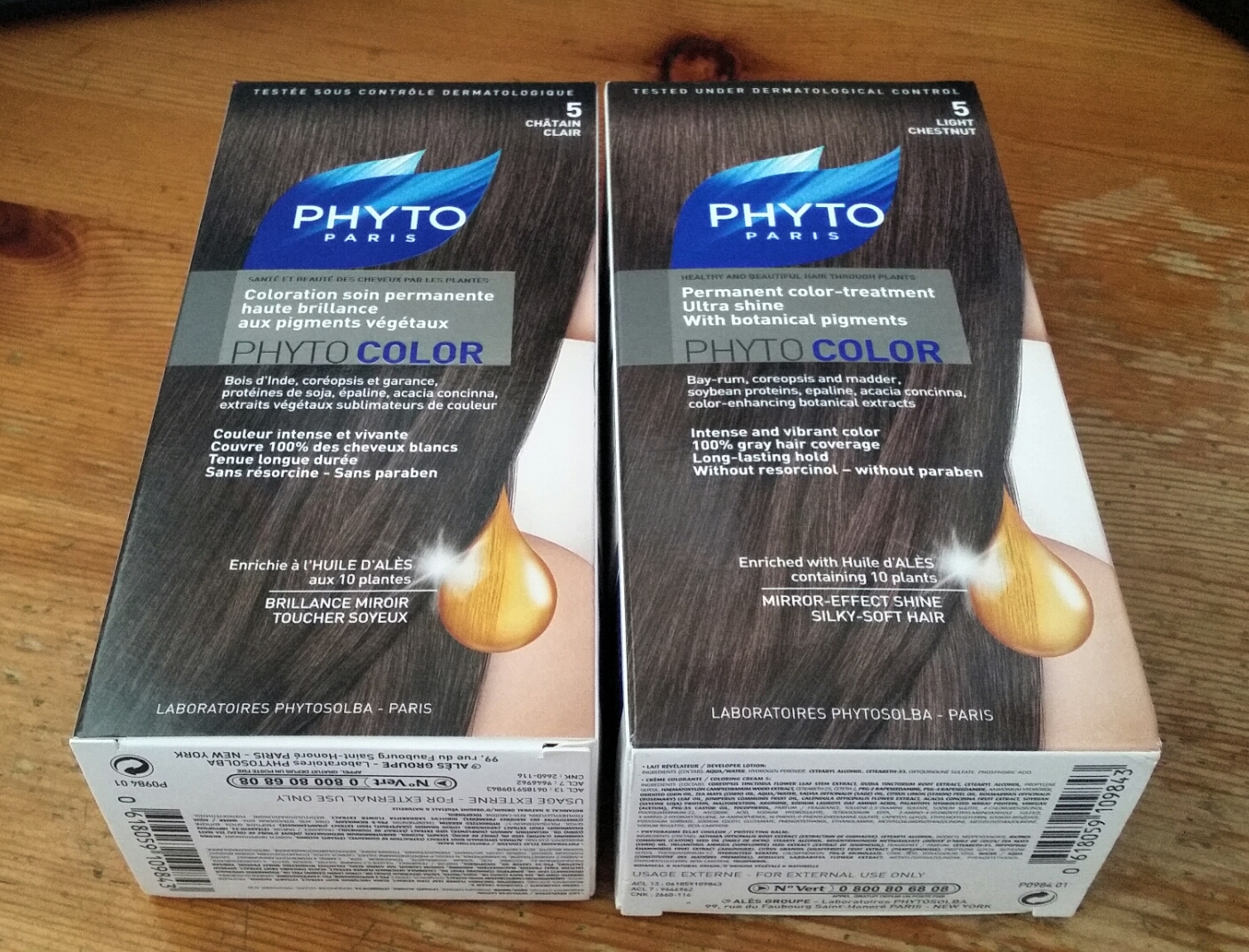Introducing phyto hair color, a natural alternative to synthetic hair dyes, offering a vibrant and nourishing hair coloring experience.
Derived from botanical sources like henna, indigo, and amla, phyto hair colors provide natural coverage, strengthen hair, and reduce chemical exposure.
Defining Phyto Hair Color
Phyto hair color refers to hair dyes derived from plants and natural sources. Unlike synthetic hair dyes that utilize chemical compounds, phyto hair colors harness the power of botanical extracts to impart color and nourishment to hair.
The origins of phyto hair color can be traced back to ancient civilizations, where people used plants like henna, indigo, and amla to enhance their hair’s appearance. These natural dyes have been passed down through generations, retaining their popularity due to their gentle nature and vibrant results.
Types of Phyto Hair Colors
The realm of phyto hair colors encompasses a diverse range of options, each offering unique properties and hues:
- Henna:Renowned for its rich, reddish-brown tones, henna is a natural dye derived from the leaves of the henna plant. It has been used for centuries to adorn hair, eyebrows, and skin.
- Indigo:Originating from the leaves of the indigo plant, indigo imparts a deep, blue-black hue to hair. When combined with henna, it can create a spectrum of shades from auburn to jet black.
- Amla:Derived from the Indian gooseberry, amla is a natural hair conditioner that imparts a subtle golden-brown tint to hair. It is also known for its nourishing properties, promoting hair growth and reducing premature graying.
Benefits of Phyto Hair Color
Phyto hair colors offer several potential benefits that set them apart from synthetic hair dyes. These natural hair coloring agents can provide effective coverage, strengthen hair, and reduce exposure to harsh chemicals.
Unlike synthetic hair dyes that often contain harsh chemicals, phyto hair colors are derived from plants and herbs. They offer a more gentle and natural approach to hair coloring, reducing the risk of scalp irritation, allergic reactions, and damage to hair strands.
Natural Coverage
Phyto hair colors can provide natural-looking coverage for gray hair and enhance the color of existing hair. The pigments in plant-based hair dyes are gentler on hair than synthetic dyes, resulting in a more subtle and natural-looking color.
Hair Strengthening
Many phyto hair colors contain nourishing ingredients that can strengthen hair and improve its overall health. Herbs like henna, amla, and shikakai have been traditionally used for centuries to promote hair growth, reduce hair fall, and add shine to hair.
Reduced Chemical Exposure
Phyto hair colors contain fewer chemicals than synthetic hair dyes, reducing the exposure to potentially harmful substances. This is particularly beneficial for individuals with sensitive skin or those who prefer to avoid harsh chemicals.
Application and Techniques

Applying phyto hair colors involves specific methods and techniques to achieve desired hair hues and avoid common pitfalls. Understanding these methods and incorporating expert tips and tricks enhances the overall hair coloring experience.
Mixing and Application
Before applying phyto hair colors, carefully follow the manufacturer’s instructions. Mixing the color with the appropriate developer in the correct proportions is crucial. Apply the mixture evenly to dry, unwashed hair, ensuring complete coverage. Leave it on for the recommended time, usually ranging from 20 to 45 minutes.
Aftercare
After rinsing out the hair color, proper aftercare is essential to maintain vibrant and healthy hair. Use color-safe shampoos and conditioners to prevent fading. Avoid excessive heat styling and chemical treatments to protect the hair’s integrity. Regular trims can remove split ends and enhance the overall appearance of colored hair.
Tips and Tricks, Phyto hair color
- Perform a patch test to check for any allergic reactions before applying the hair color.
- Use a brush with natural bristles to evenly distribute the color.
- Section the hair into smaller parts for more precise application.
- Start with a shorter processing time and gradually increase it if necessary.
- Avoid over-processing the hair, as it can lead to dryness and damage.
Considerations and Safety

Before embarking on a phyto hair color journey, it’s imperative to consider certain factors to ensure a positive experience. These include your skin’s sensitivity, hair type, and the desired color outcome. It’s always advisable to conduct a patch test on a small, inconspicuous area of your skin before applying the hair color to your entire head.
This will help you identify any potential allergic reactions.
Safe Application
When applying phyto hair colors, it’s crucial to follow the manufacturer’s instructions carefully. Wear gloves to protect your hands, and apply the color in a well-ventilated area to avoid inhalation of any fumes. Avoid contact with your eyes, and if the color does come into contact with your eyes, rinse them immediately with plenty of water.
Potential Side Effects
While phyto hair colors are generally considered safe, some individuals may experience mild side effects such as skin irritation, itching, or redness. These reactions are usually temporary and subside within a few days. If you experience any severe or persistent side effects, discontinue use and consult a healthcare professional.
Final Wrap-Up: Phyto Hair Color

Embrace the beauty of nature with phyto hair color, a safe and effective way to achieve vibrant, healthy hair while minimizing chemical exposure.
